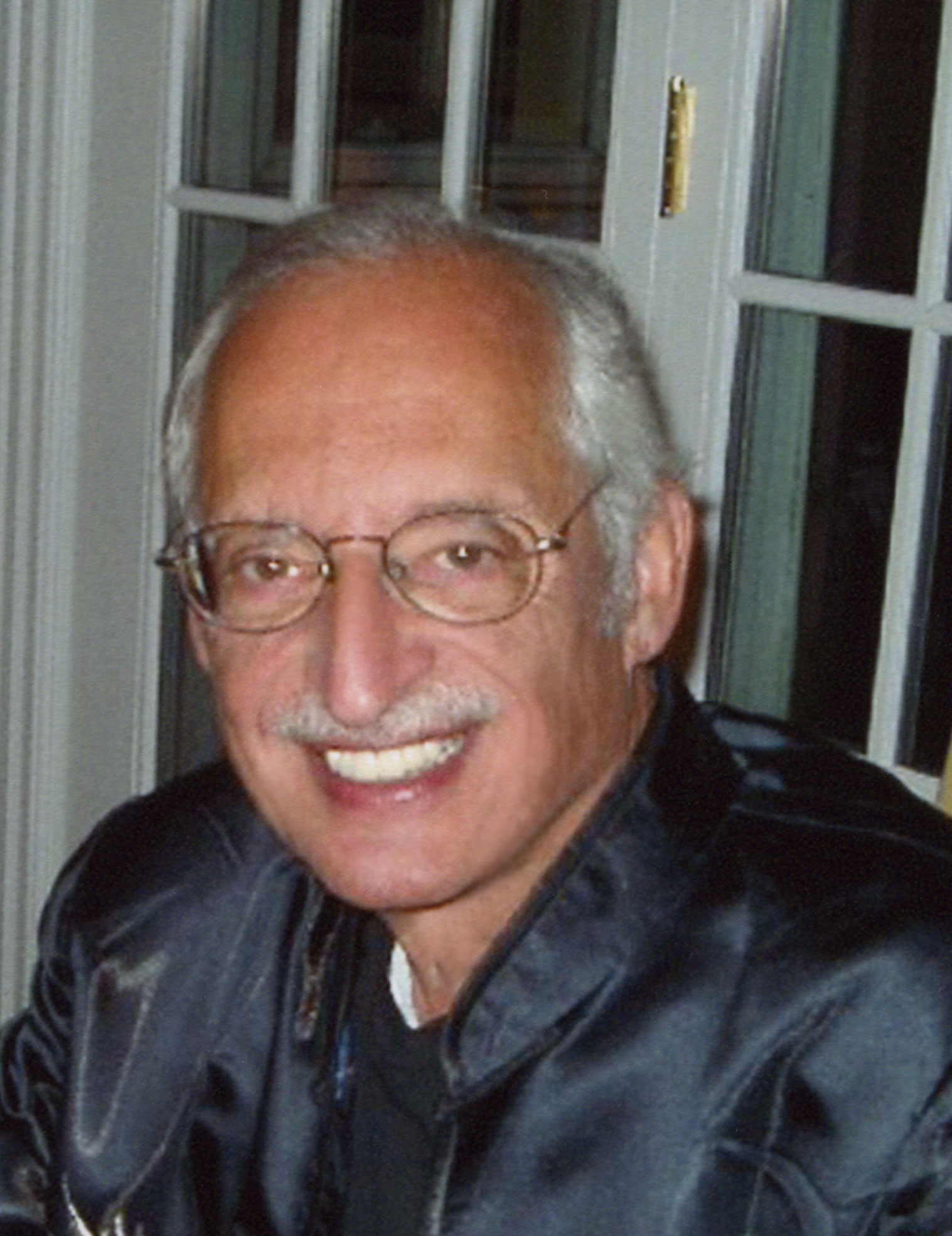 A destined visit to the Nuremberg Toy fair in Germany created one of the most influential icons in the world of the Tarot. Stuart R. Kaplan’s intrigue with the artwork of the Rider-Waite deck compelled him to bring back a sample to the United States in 1968. At the time Stuart was working on Wall Street but soon started to import the Rider-Waite Deck to the US realizing there was a demand. When he understood the potential and tremendous contribution of the Tarot he decided to leave Wall Street and start his own business U.S. Games Systems. His dedication to education led him to write one of the most extensive bodies of work on the Tarot, “The Encyclopedia of the Tarot” (Volume I-IV) which describes and illustrates more than 1,000 different Tarot decks from the 15th century to the present. “The Encyclopedia of the Tarot” has become the most influential collection of books for Tarot history and research. A destined visit to the Nuremberg Toy fair in Germany created one of the most influential icons in the world of the Tarot. Stuart R. Kaplan’s intrigue with the artwork of the Rider-Waite deck compelled him to bring back a sample to the United States in 1968. At the time Stuart was working on Wall Street but soon started to import the Rider-Waite Deck to the US realizing there was a demand. When he understood the potential and tremendous contribution of the Tarot he decided to leave Wall Street and start his own business U.S. Games Systems. His dedication to education led him to write one of the most extensive bodies of work on the Tarot, “The Encyclopedia of the Tarot” (Volume I-IV) which describes and illustrates more than 1,000 different Tarot decks from the 15th century to the present. “The Encyclopedia of the Tarot” has become the most influential collection of books for Tarot history and research.
Stuart believes that Tarot cards are an unbound book, by shuffling the cards a new story is revealed. The person reading the cards brings their own, unique interpretation to each reading of an individual card and the cards in combination. There is a an aura of mysticism coupled with fascination that surrounds the images on the cards, and the fact that they have been in existence for over five centuries adds to the allure. In his experience Tarot is a catalyst. In some ways, it is also a creativity tool to allow people to think differently and experience thoughts and ideas they might not otherwise have considered. For some people, tarot allows for serious meditation, others find it fun. It is all in the eyes of the beholder. | 